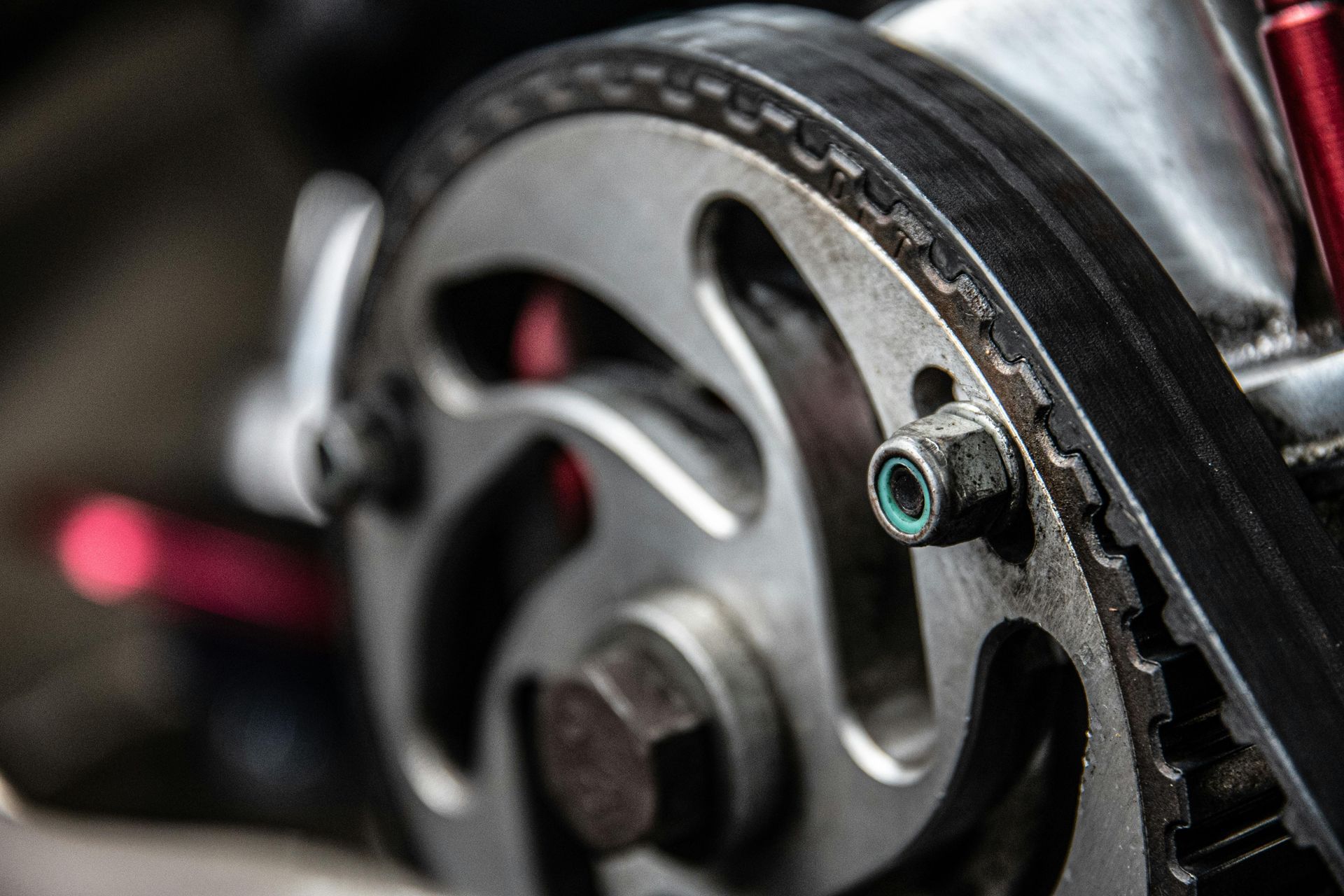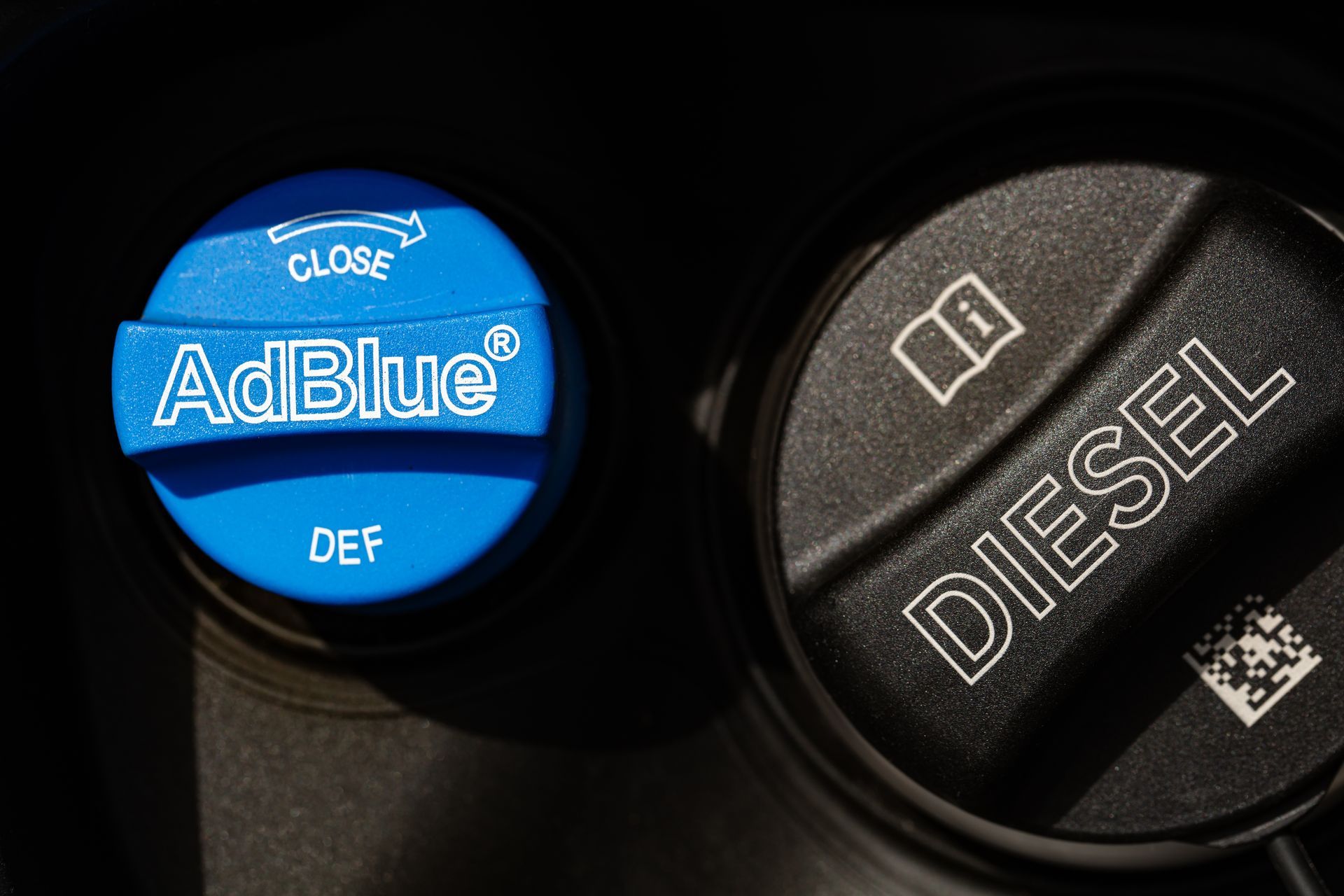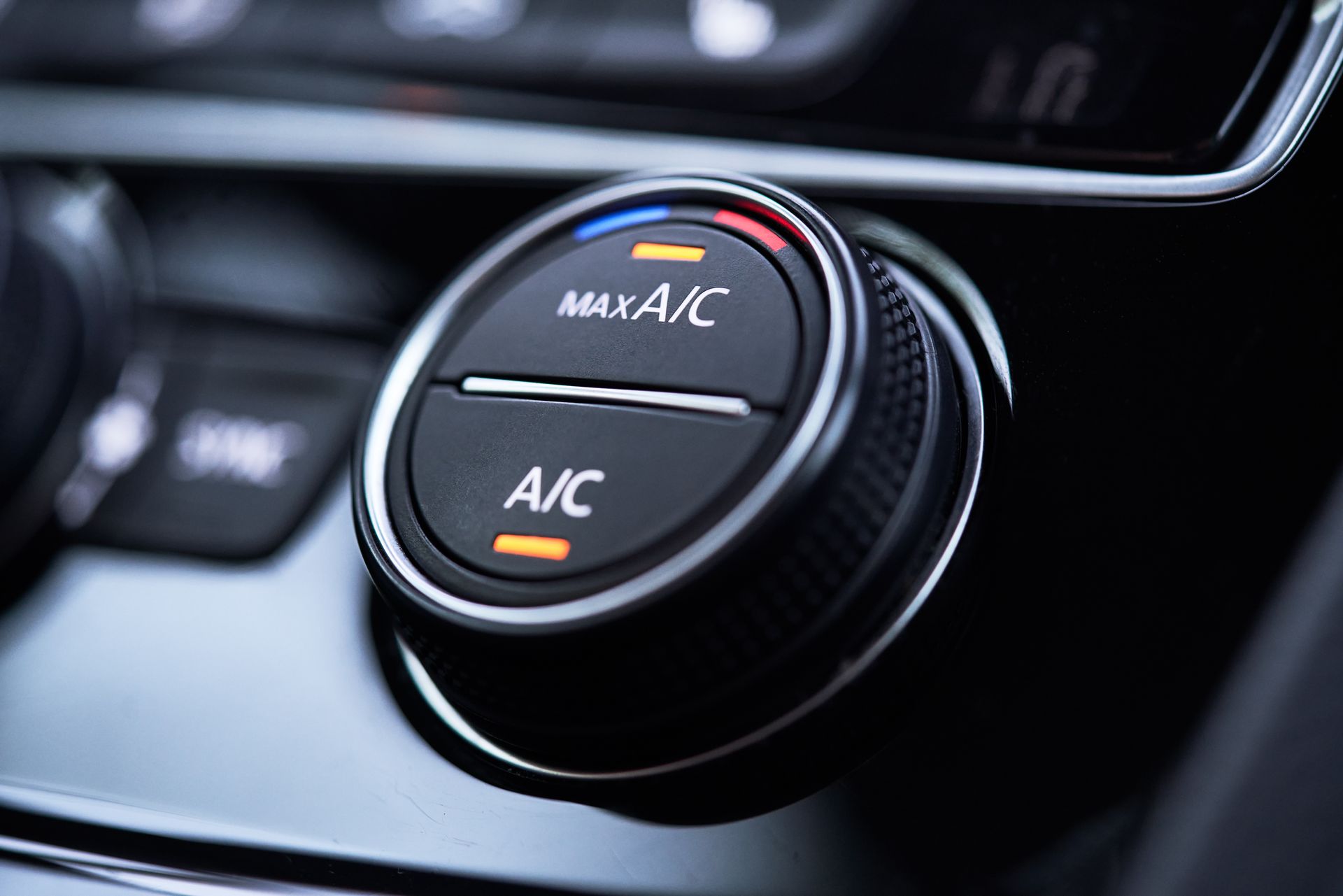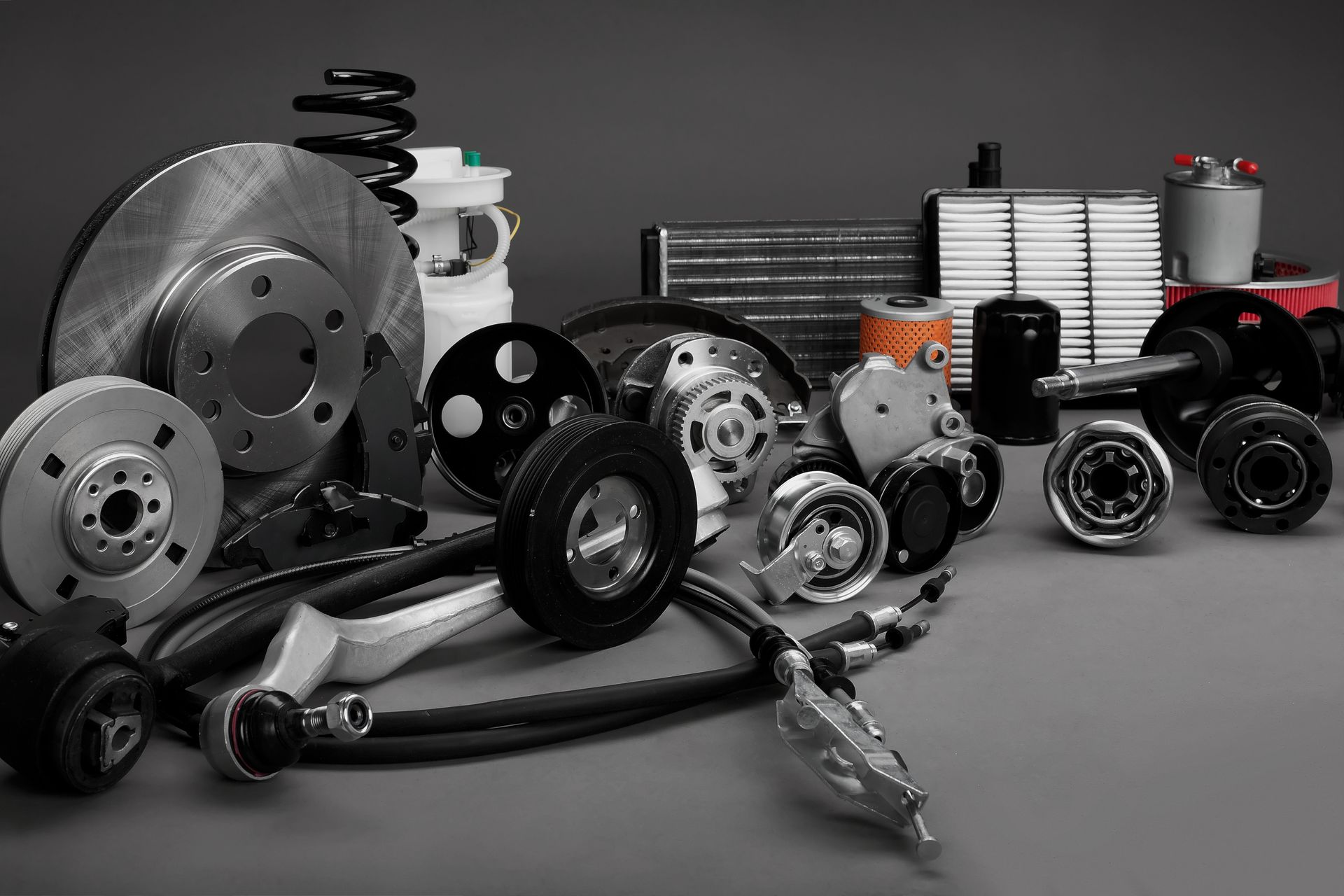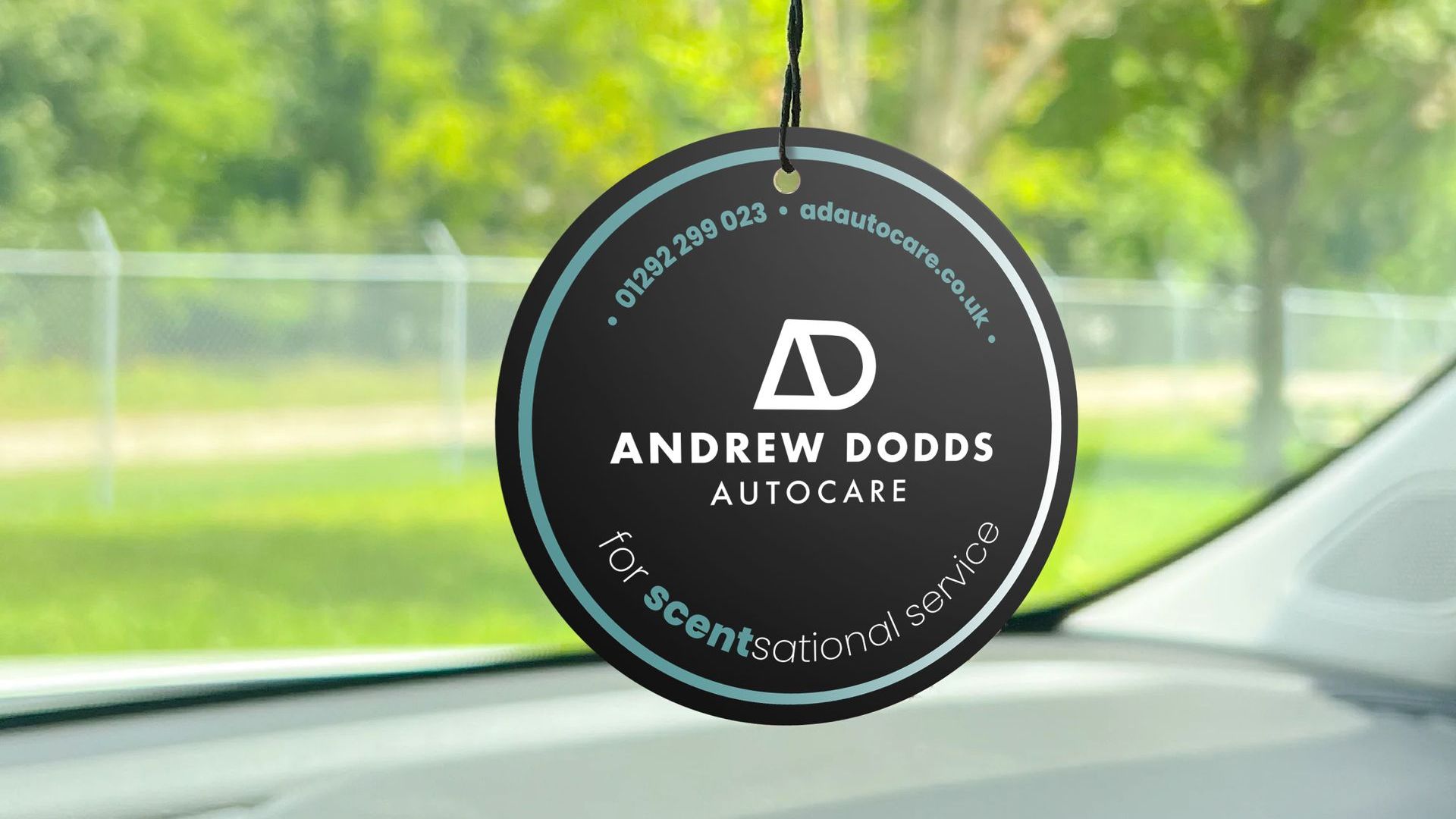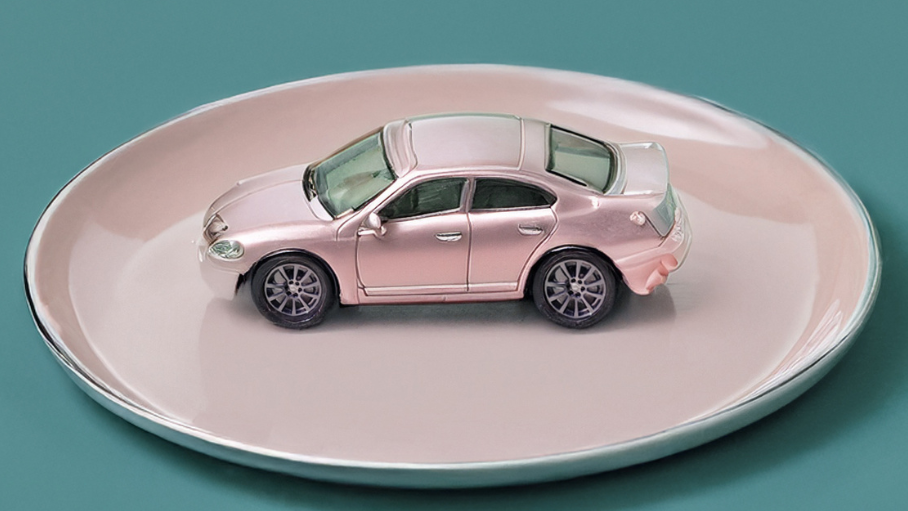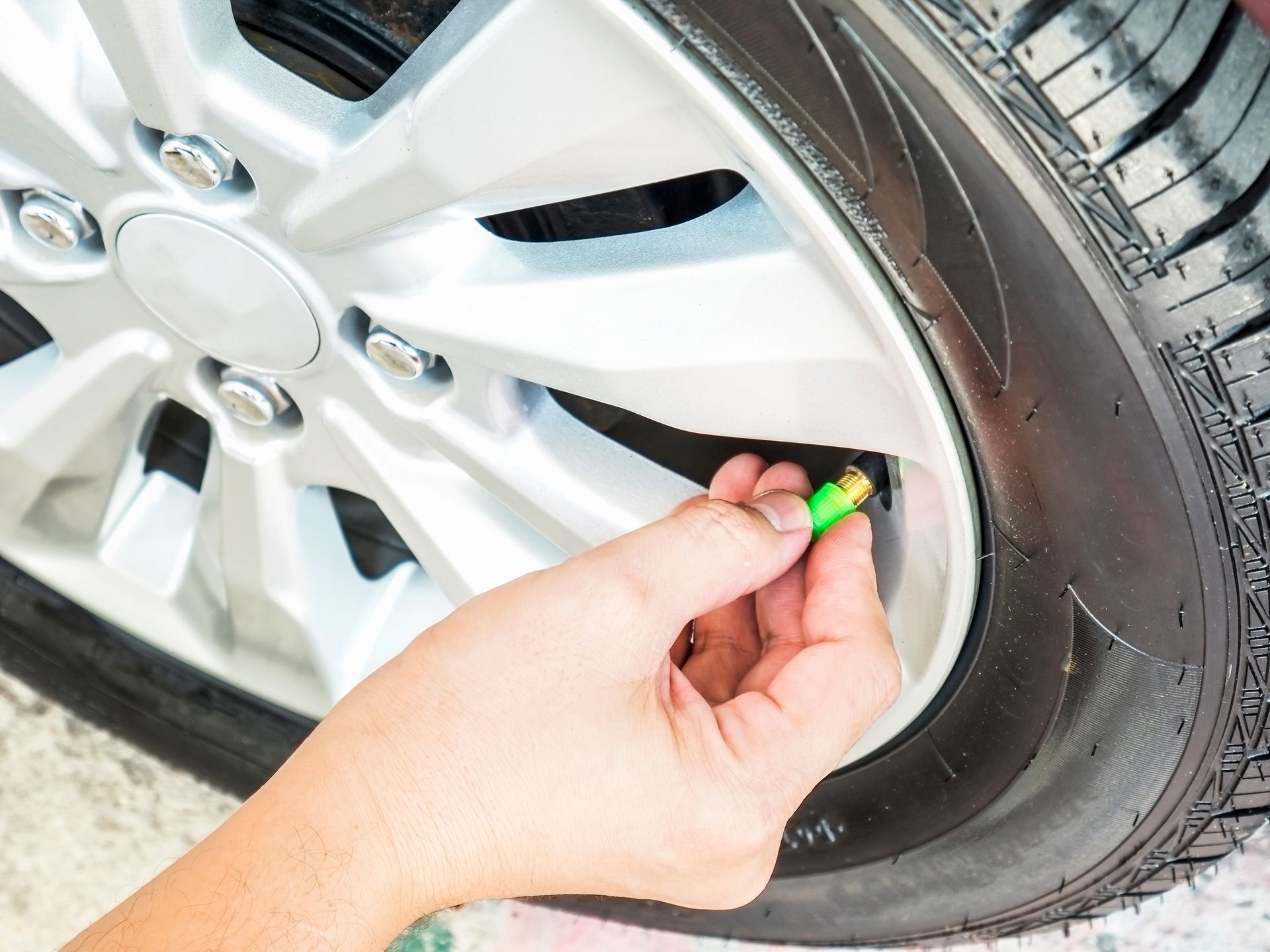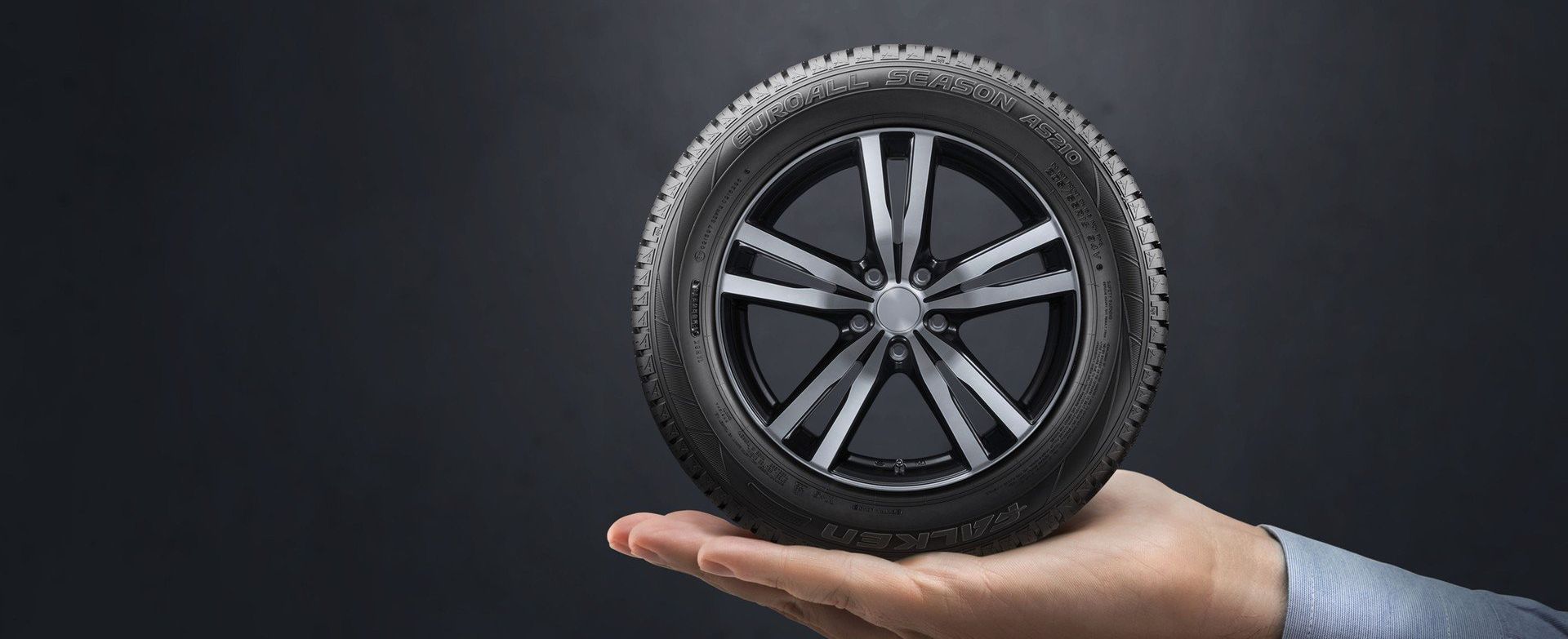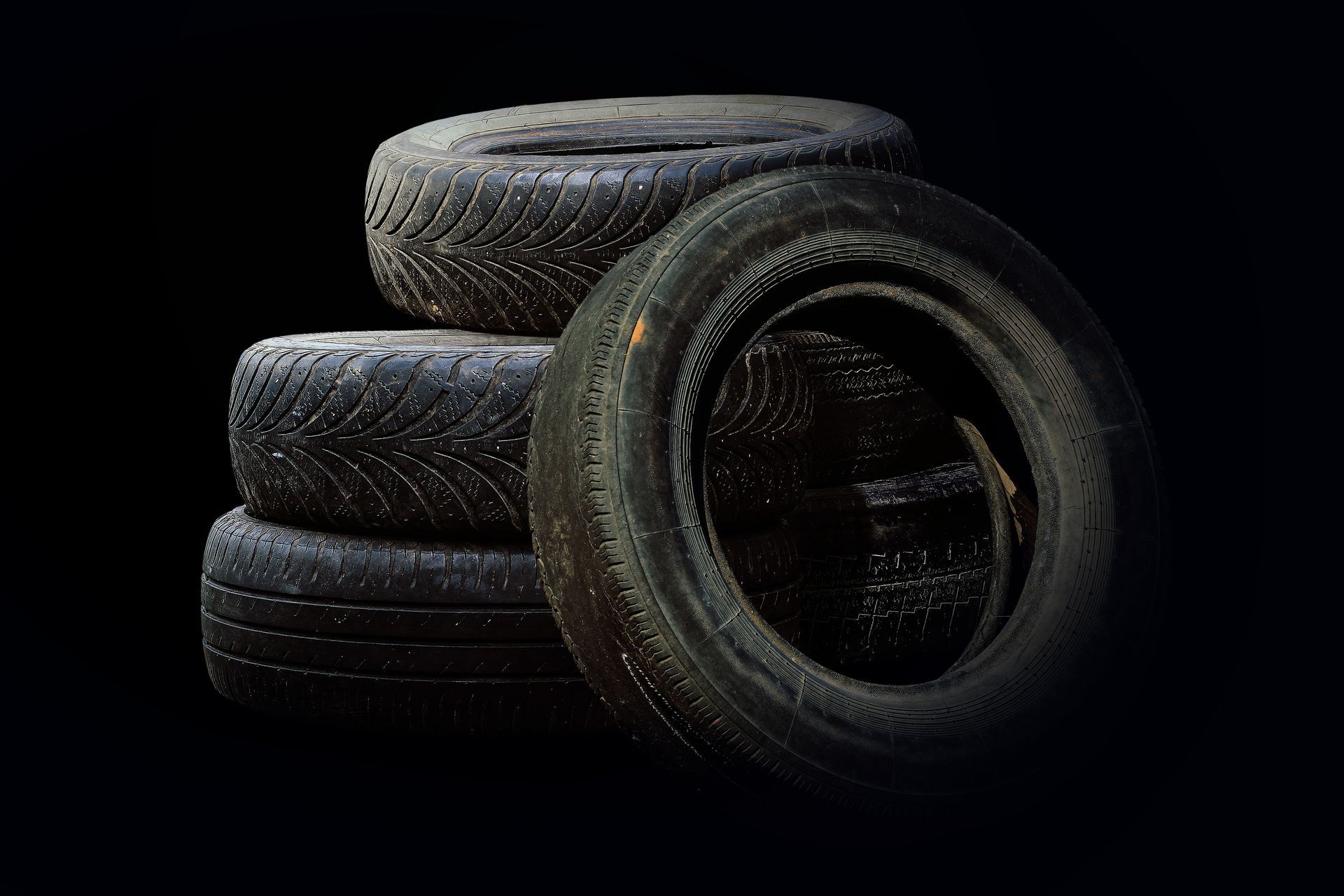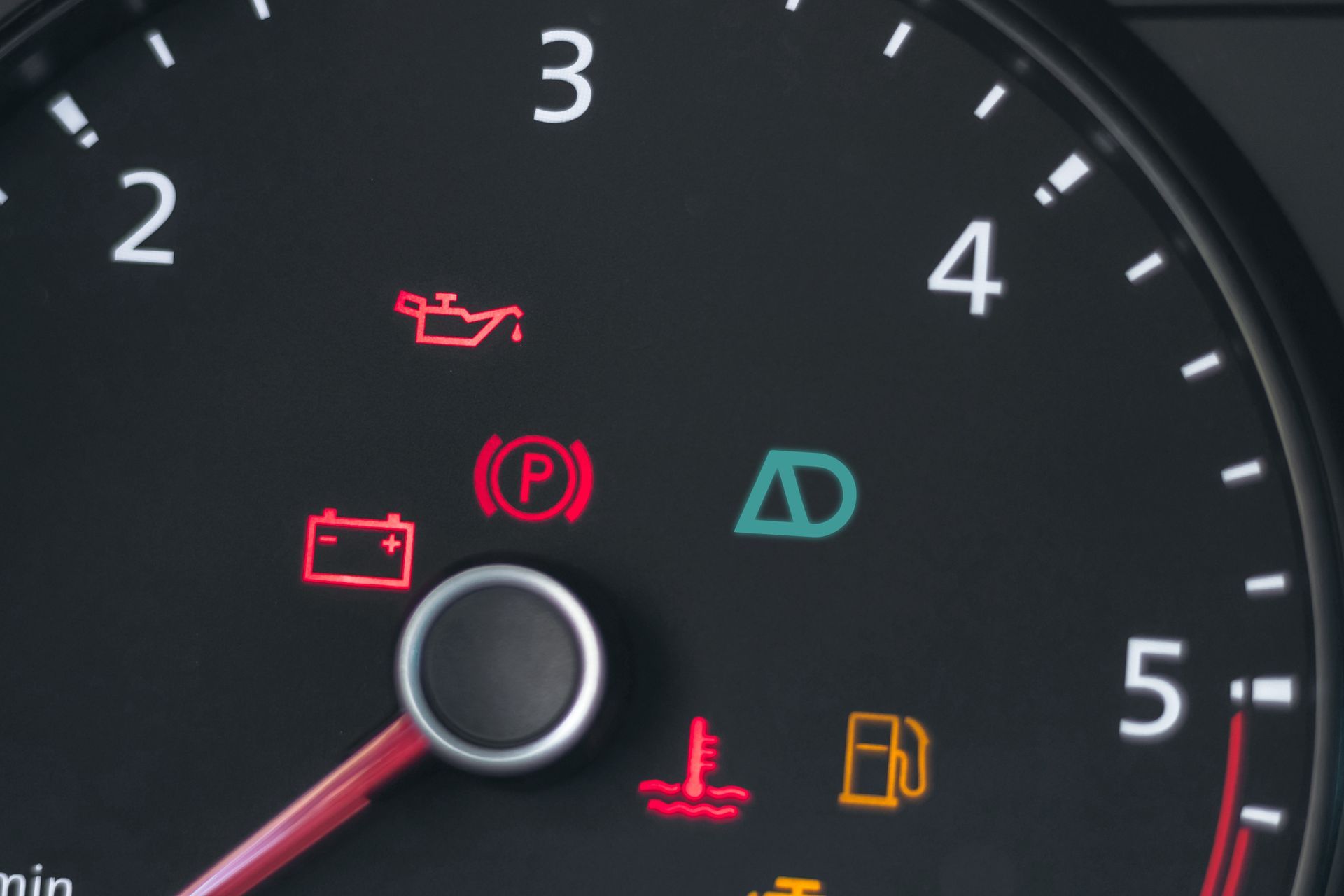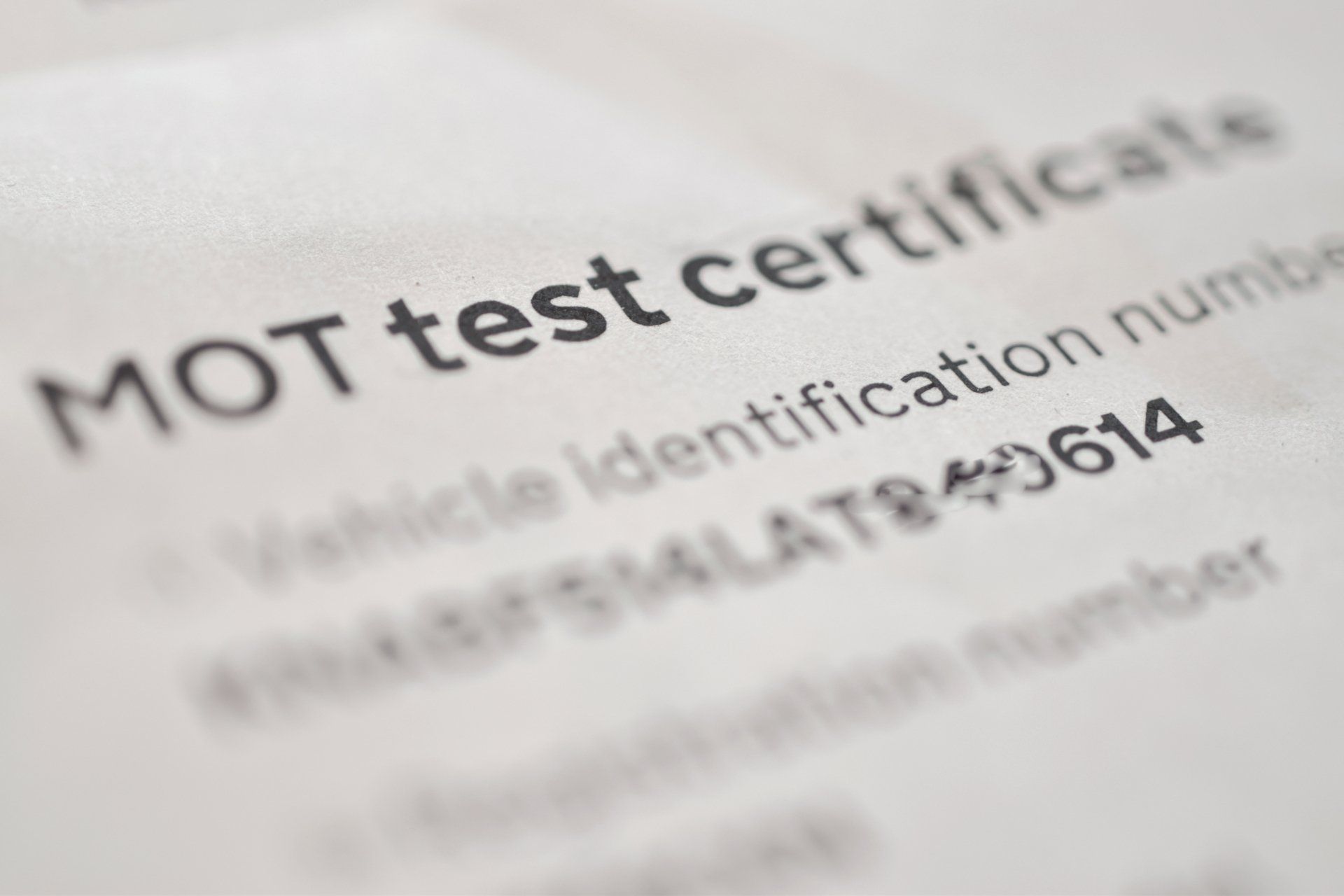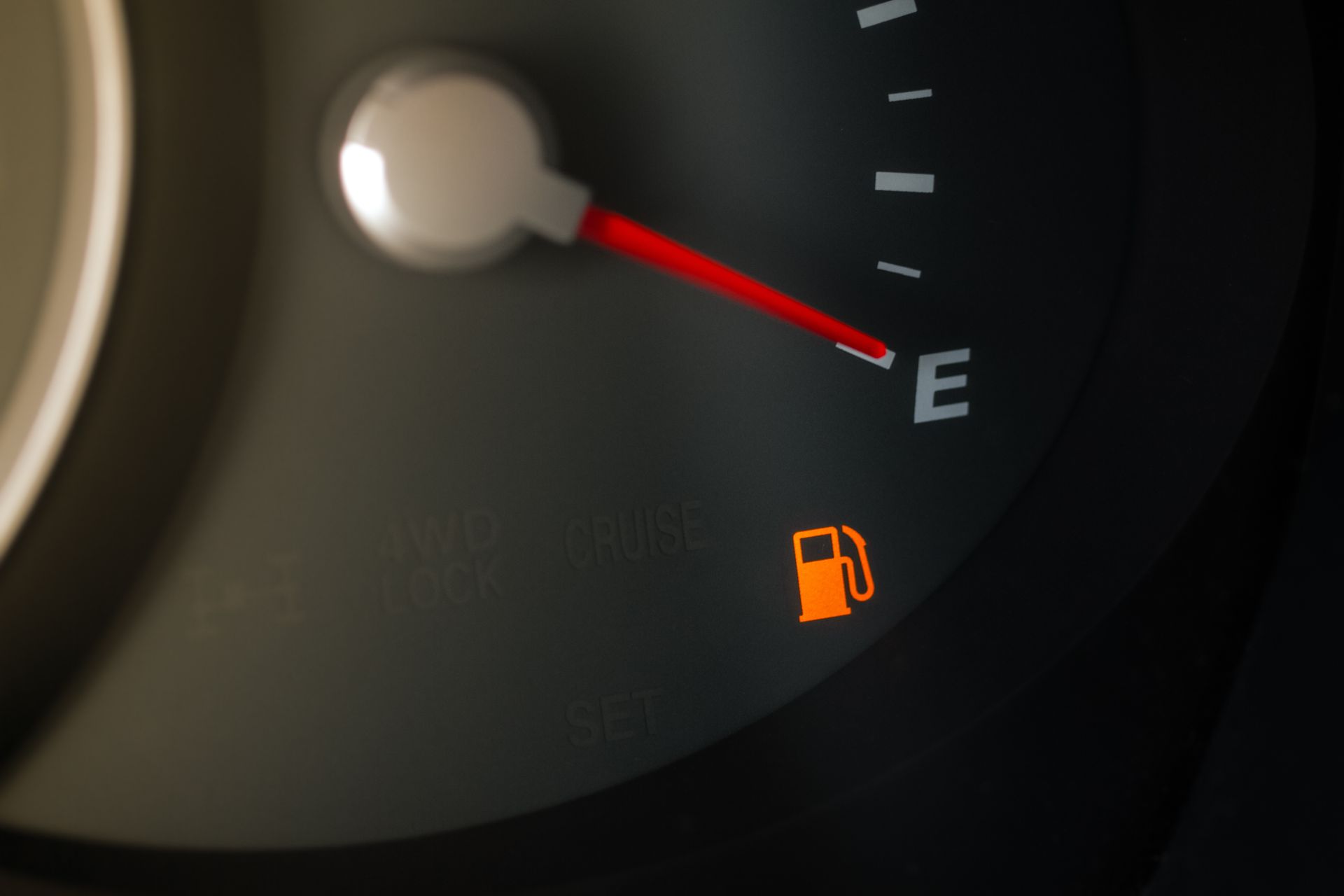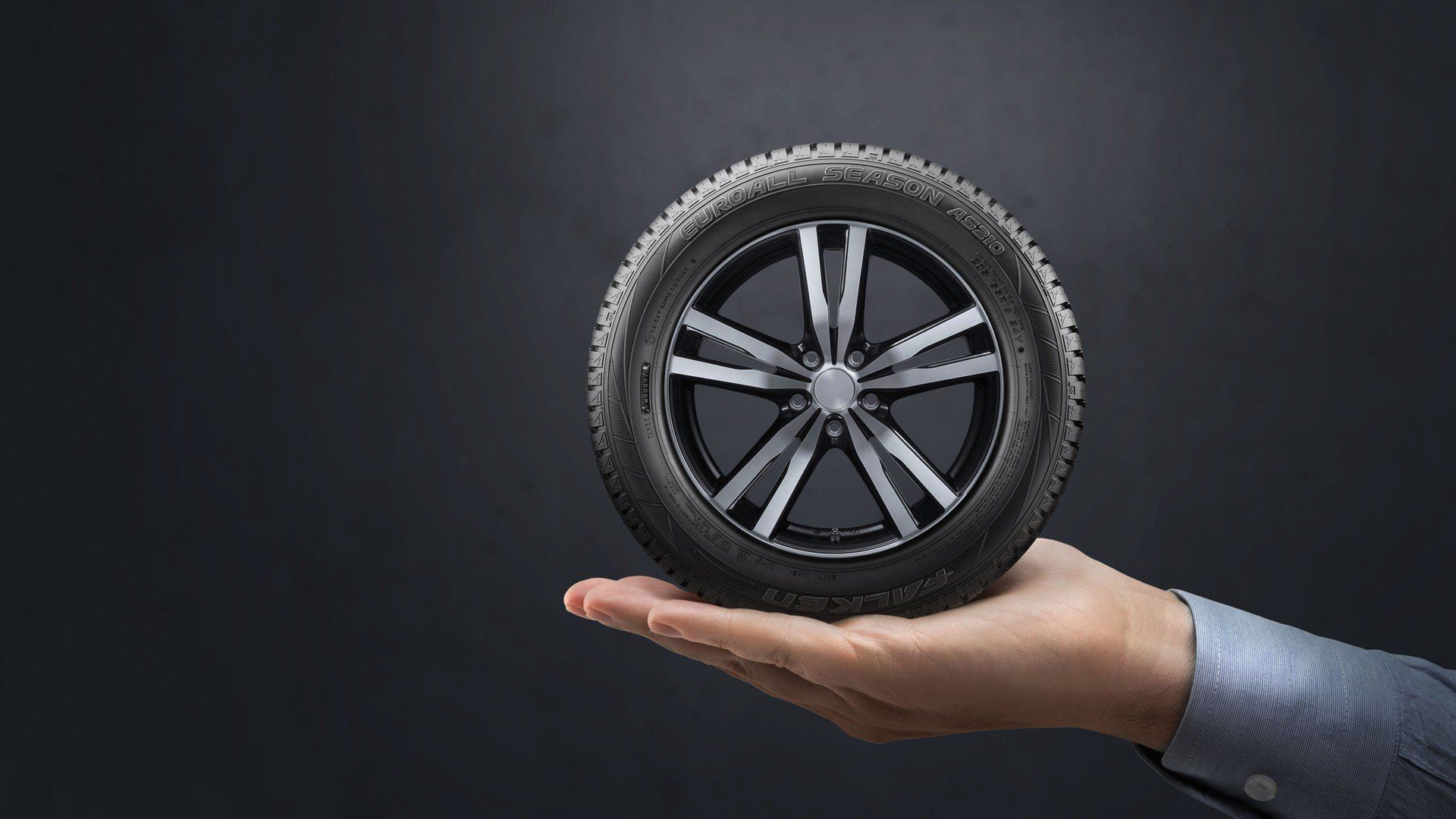Everything you need to know about timing belts
A car's timing belt (or cam belt) keeps the engine running smoothly. It ensures the camshaft and crankshaft turn in sync, which allows the piston and valves to move in perfect coordination. If they don't, they can hit each other and damage the engine.
In simpler terms, think of it like this. If your engine is a marching band, the timing belt is the conductor. If the conductor disappears, everyone crashes into each other. The same applies to the timing belt. If it fails, your engine will also fail.
The timing belt is one of the most important, but often overlooked, parts of a vehicle. You don't usually get much warning that a timing belt is on its way out, which is why it's crucial you consult your owner’s manual to see how often you should have your timing belt checked and replaced.
The team at Andrew Dodds Autocare is here to provide you with as much information as possible about timing belt replacement, including why it's important, how often it should be done, and what happens if it's not.
What is a timing belt?
A timing belt – sometimes called a cambelt – is a rubber component that synchronises the rotation of the crankshaft and camshaft. It's a toothed belt that's responsible for the timing of a vehicle's internal combustion engine. The cambelt controls when and in what order the valves to the cylinders open and shut, ensuring the crankshaft and camshaft turn in sync. This allows fuel and air to enter, and exhaust gases to exit, at the correct intervals.
Some cars have a timing chain instead of a timing belt. It performs the same function, but a timing chain is made from metal, similar to a bicycle chain. Timing chains are usually much more durable, lasting the lifetime of an engine; however, it's essential to keep them lubricated with oil.
Why are timing belts important?
A car cannot run without a properly working timing belt. After all, they control the engine's timing. If the cambelt doesn't work, neither will the engine. The piston could smash into the valves, causing significant or irreparable engine damage. To fix this, it usually requires a major engine rebuild, which is often more expensive than the value of the car itself.
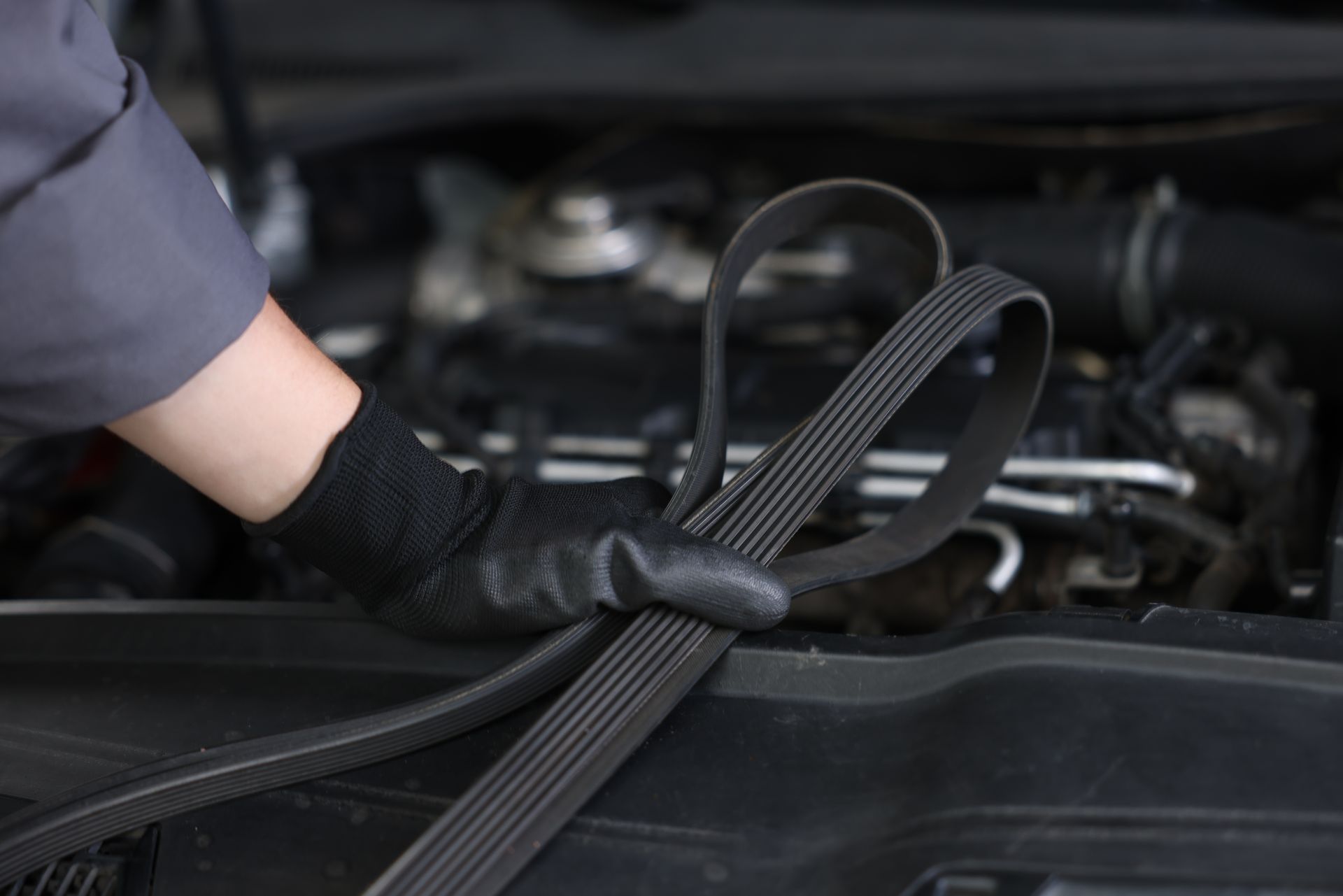
When should you replace a timing belt?
It's essential to change your timing belt before it fails, as it will wear out over time. If you don't replace your timing belt when recommended, it could malfunction, causing engine damage. Usually, you won't get much warning before this happens.
The exact timing for replacing your cambelt depends on the vehicle, so always check what your manufacturer recommends. On average, it may be every 3-4 years or every 40,000-100,000 miles – whichever comes first.
Signs that your cambelt has experienced significant wear and tear and desperately needs replacing include ticking noises from the engine, a misfiring engine, an engine that won't start, rough idling, or visible damage to the timing belt itself.
If you're in doubt, our experienced mechanics will inspect your timing belt and engine. Once an issue is diagnosed, they will carry out necessary repairs to ensure your vehicle is safe to drive.
What happens if you don't replace your timing belt?
When you ignore replacing the cambelt or timing belt, you risk sudden engine failure. Your engine may become significantly damaged, including bent valves, damaged pistons, and a broken camshaft. Repairs can often be more expensive than the vehicle itself, so delaying replacement is never worth it.
How much does it cost to replace a timing belt?
It depends on the vehicle and any potential damage. For up-to-date prices, please call Andrew Dodds Autocare on 01292 299 023.
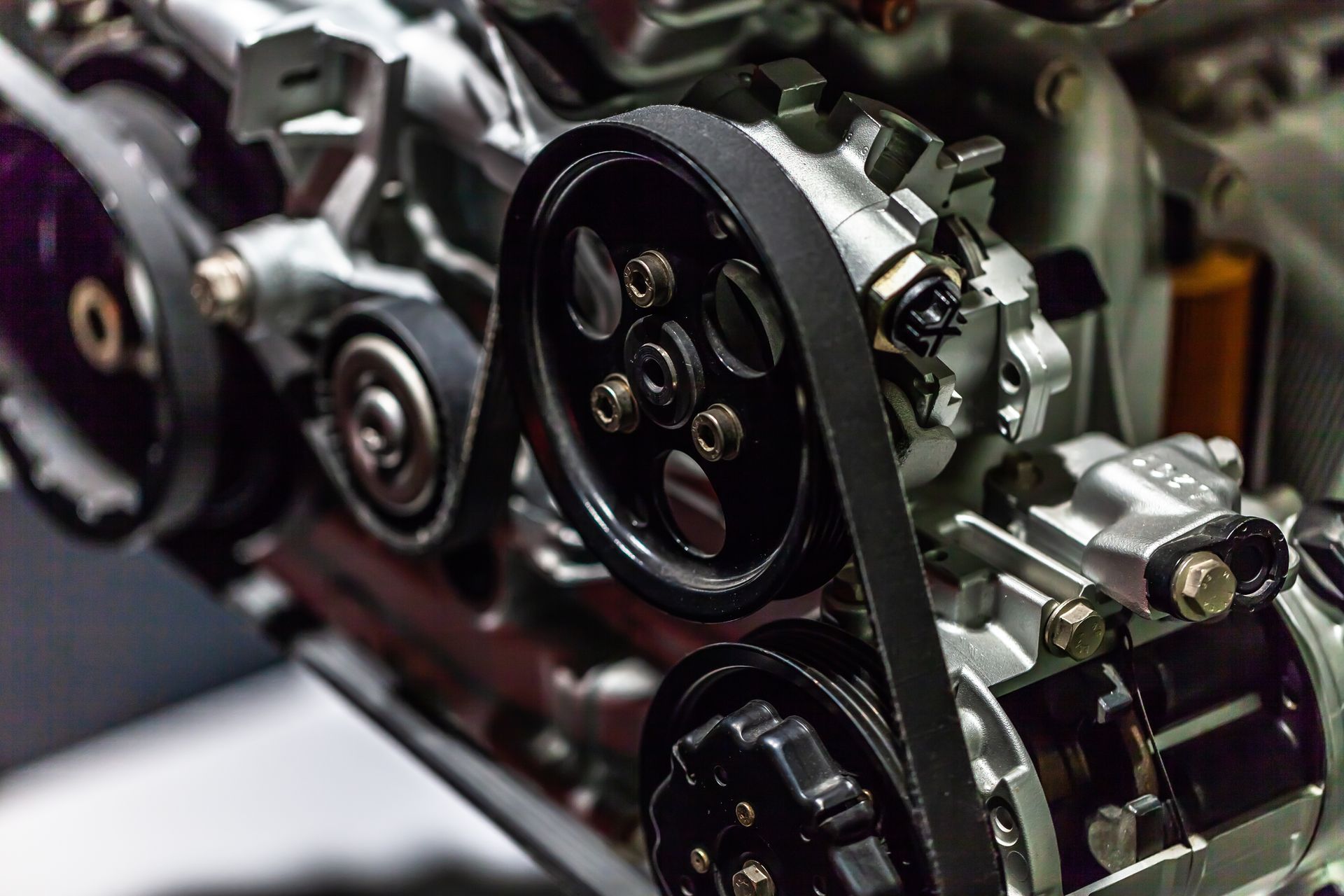
Parts often replaced at the same time
If your vehicle is in for a cambelt replacement, we will inspect the car and let you know if we recommend that any other components be replaced at the same time. This depends on your vehicle and its wear and tear. For example, we might check the water pump, tensioners, and pulleys before advising whether they should be replaced alongside the timing belt, which can ensure safe driving and save you money on labour costs.
Keep your motor running
Stay safe in your vehicle by keeping on top of necessary timing belt replacements, services, and MOTs. When you ignore prompt replacement of your cambelt, you risk causing damage to your vehicle's engine, which can result in repairs that cost more than your car itself.
Check your user manual today and see when it's recommended to have your timing belt inspected and replaced. If you're within the window, please give us a call and book an inspection with our car garage, located in Ayr.
other posts

